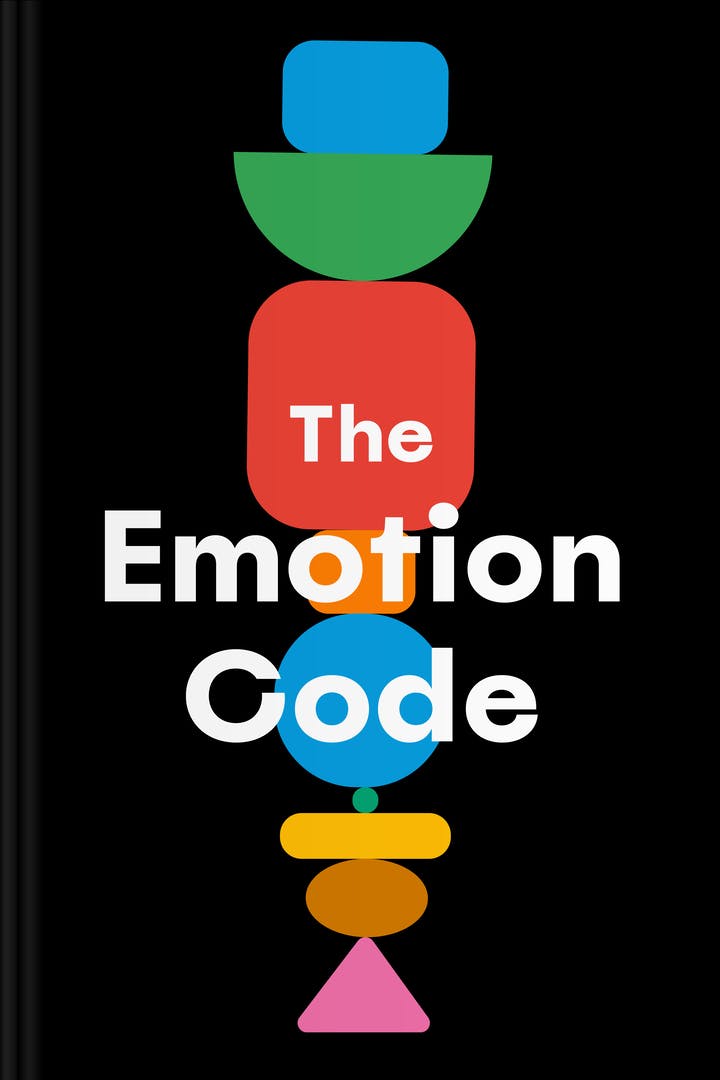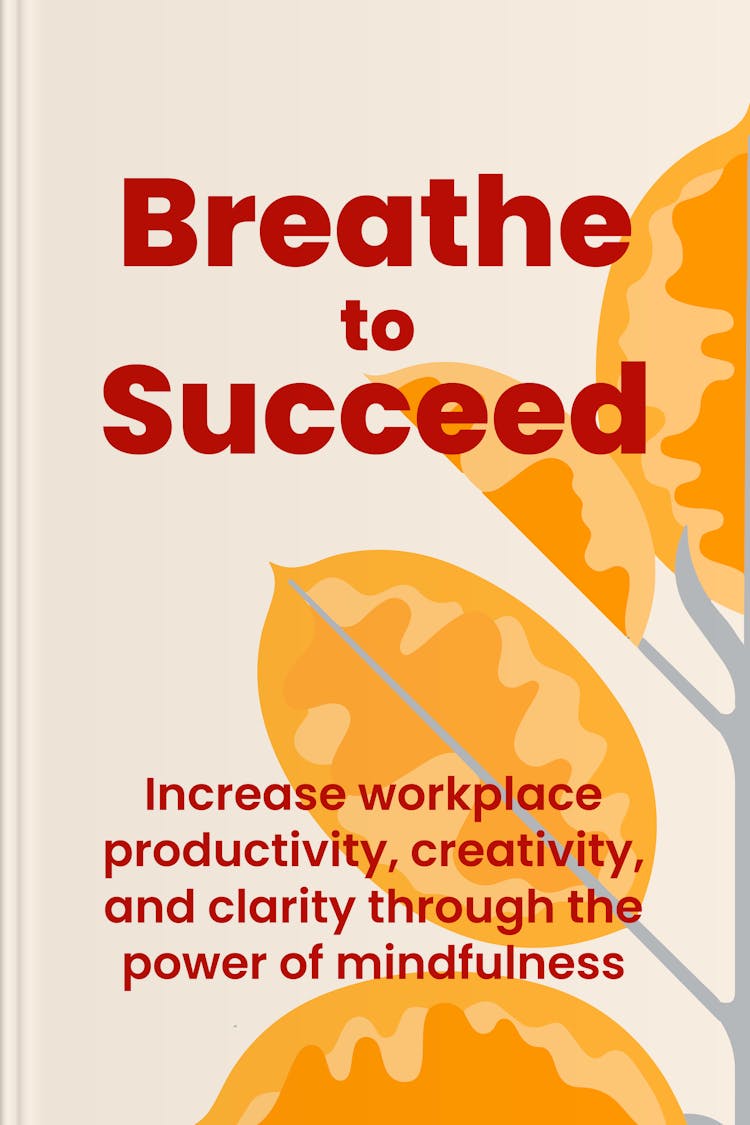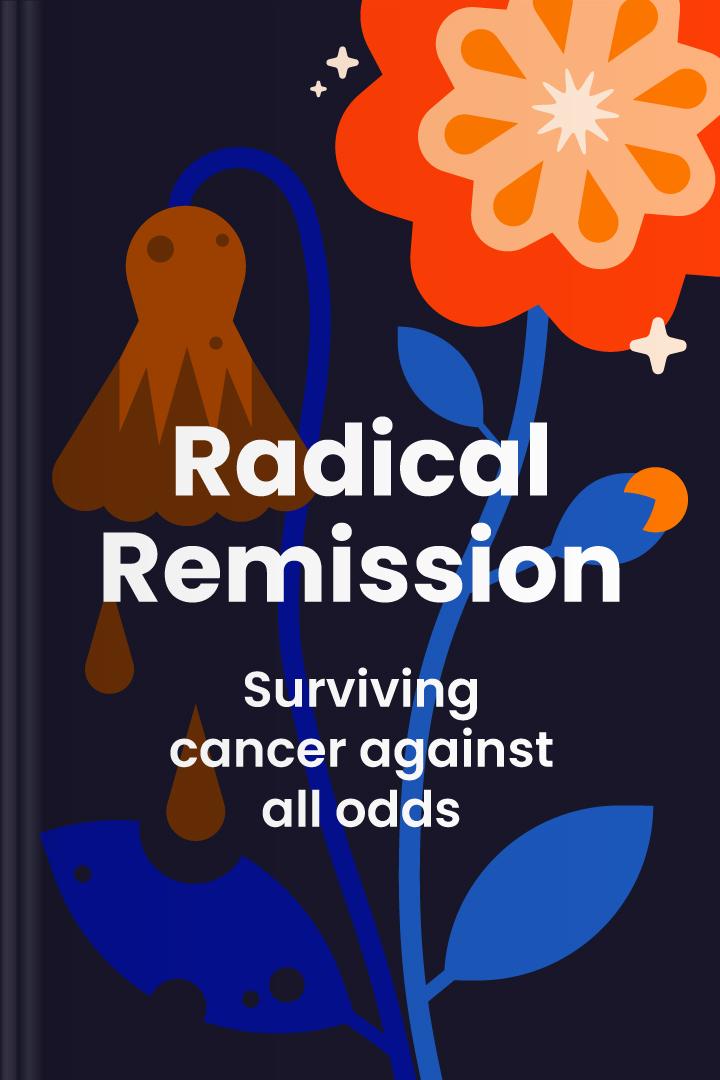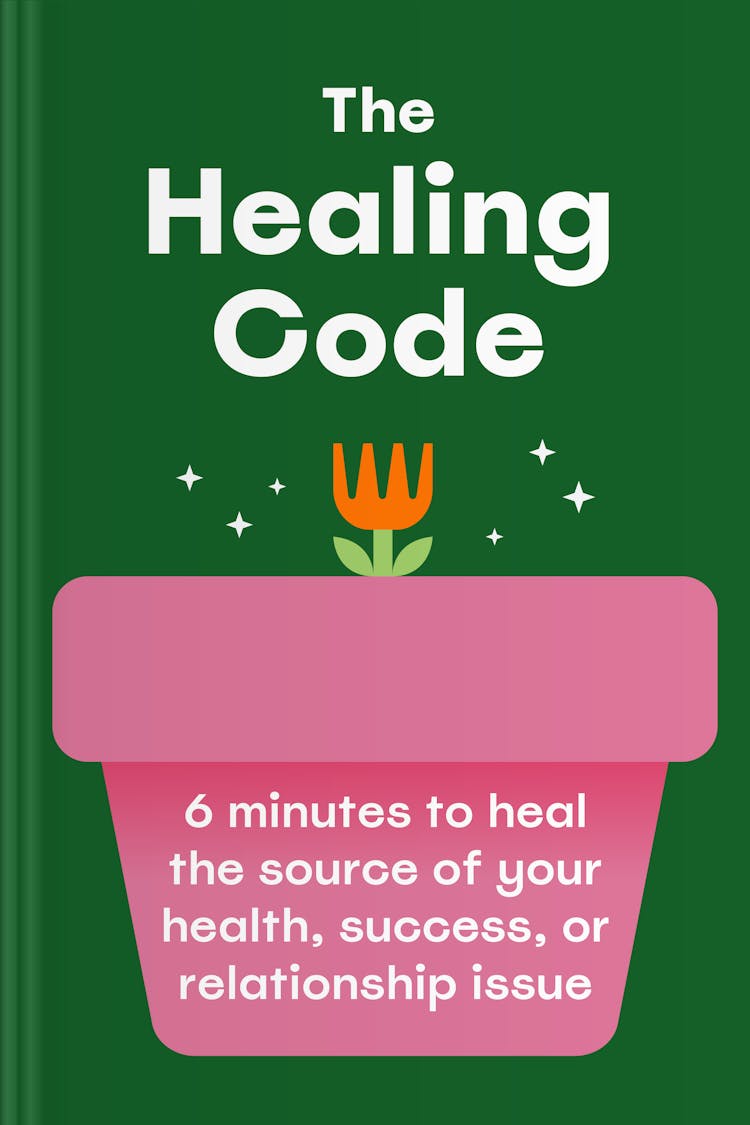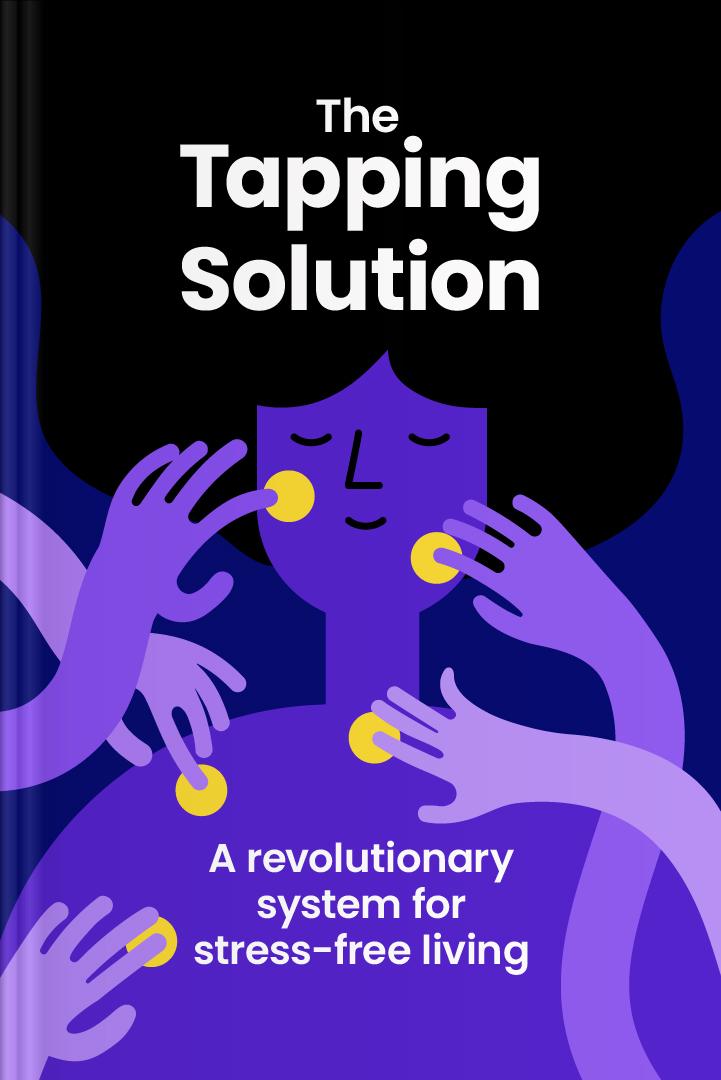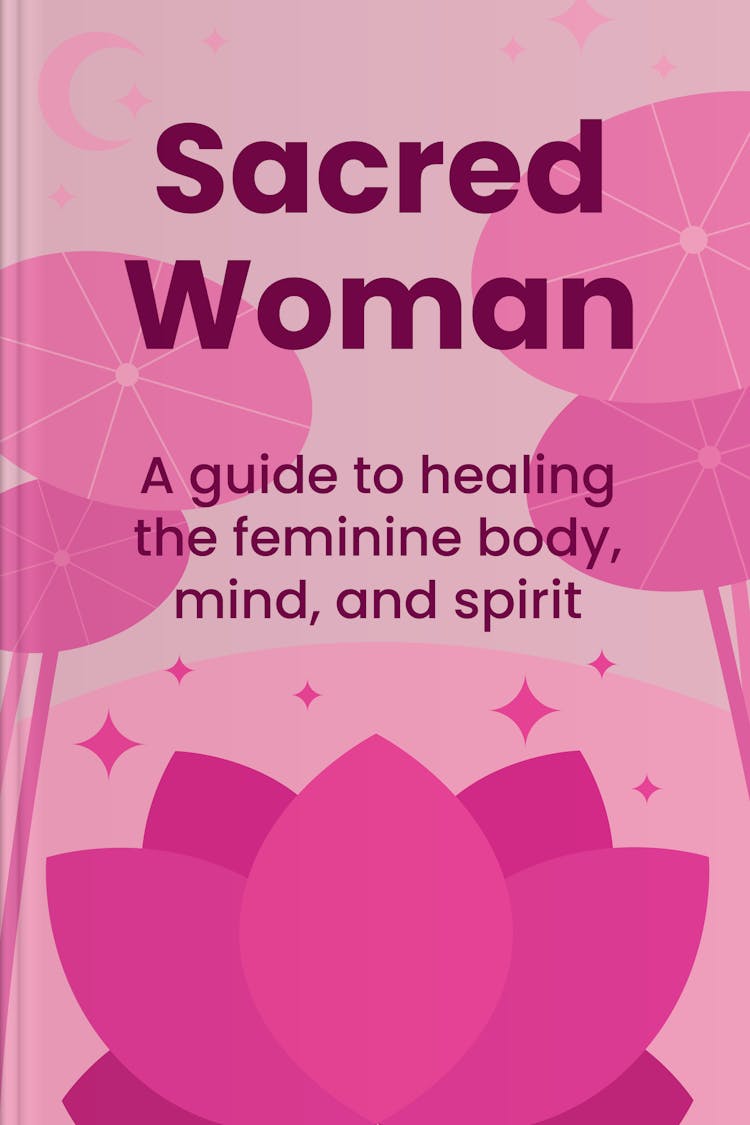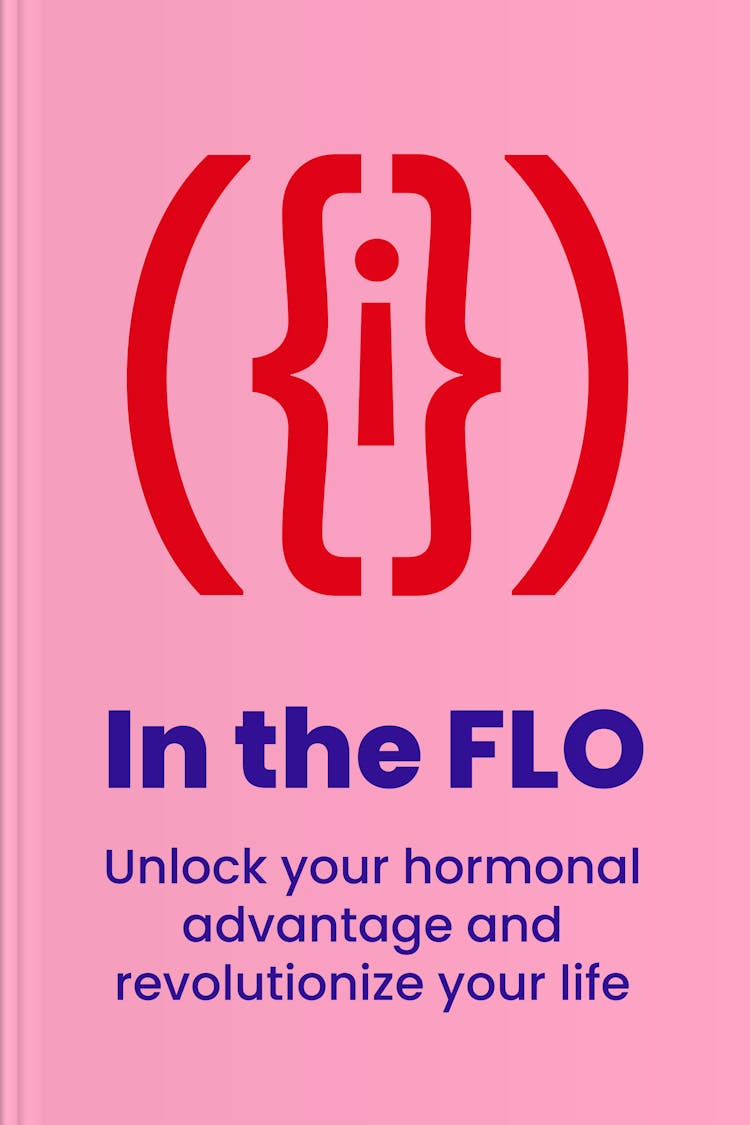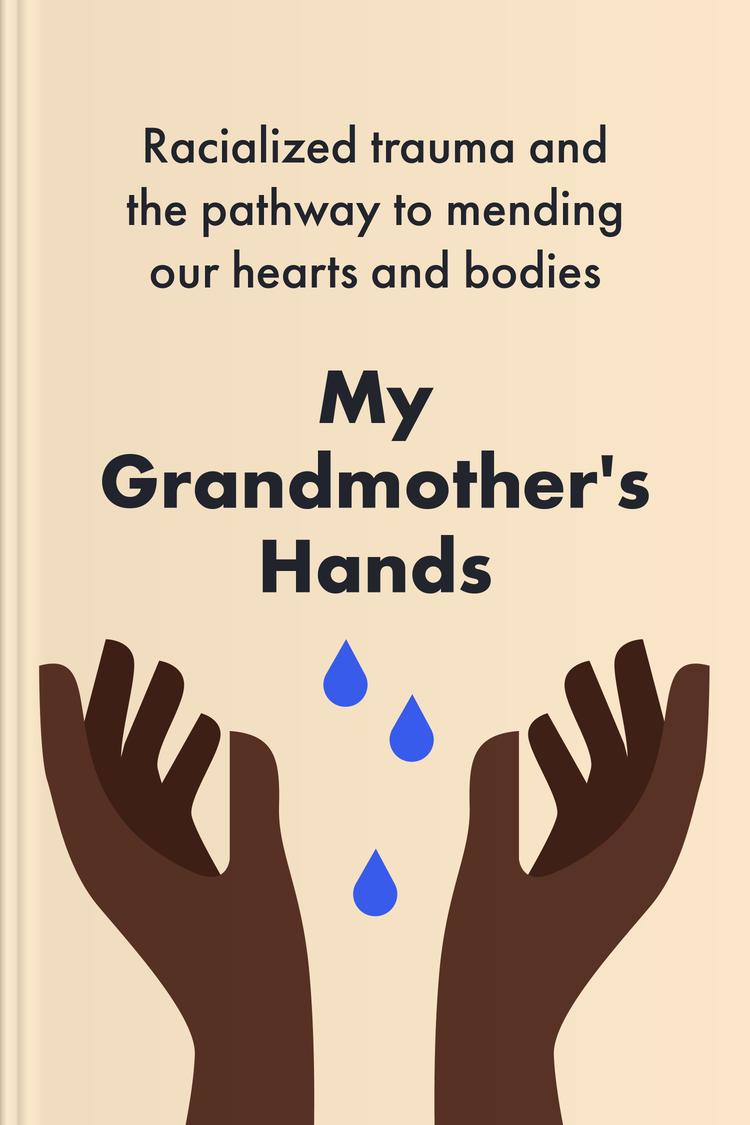14 Best Books on Mind Body Connection to Read in 2025
Something's been off. Maybe it's the tension headache that shows up every Sunday night. Or the back pain your doctor can't explain. You've tried stretching and using new pillows, but nothing seems to work. That's probably why you're here. Your body might be holding stress you haven't yet dealt with.
Whether you're dealing with chronic headaches, stress that won't quit, or just want to understand why your shoulders tense up before a big meeting, these books on the mind-body connection offer practical insights you can use today.
What books on the mind-body connection teach you
Your doctor ran the tests. Everything looks normal. But you still hurt.
This disconnect frustrates millions of people every year. Books on the mind-body connection fill in what medical school often overlooks — how your emotional state can create real physical symptoms. Not imaginary ones.
Take chronic back pain. Dr. John Sarno spent decades treating patients whose MRIs showed nothing alarming. His book 'Healing Back Pain' argues that most back pain comes from oxygen deprivation caused by tension, not herniated discs or arthritis. Thousands of readers report that their pain disappeared after reading his work. No surgery needed.
Or look at autoimmune conditions. Dr. Gabor Maté wrote 'When the Body Says No' after noticing his scleroderma patients shared something — they all struggled to express anger. His research found that people who suppress emotions get sick more often. Your immune system literally responds to how you handle stress. Those who always say yes, people who never complain, the ones who take care of everyone else first — they're at higher risk.
The science backs this up. Your nervous system can't tell the difference between a physical threat and an emotional one. Stress from your boss triggers the same response as a car accident. After months or years of this, your body starts breaking down.
Understanding the mind-body connection books for better health
Nobody wants another book that tells them to "just relax more." You need specifics.
'The Emotion Code' by Dr. Bradley Nelson teaches you to identify which emotions got trapped where. He claims anger often lodges in your liver, grief in your lungs, fear in your kidneys. Whether you accept his exact theory or not, acknowledging buried feelings helps. Readers report less pain after working through the exercises.
Some books focus on one technique. Nick Ortner's 'The Tapping Solution' walks you through EFT — you tap on acupressure points while focusing on specific problems. It sounds odd until you try it. Research shows tapping reduces cortisol by 24% in just one hour.
Others go broader. 'The Healing Code' combines prayer with stress reduction. 'Breathe to Succeed' teaches breathing patterns that calm your autonomic nervous system. 'Science of Yoga' explains exactly which poses affect which nerves and why holding them changes your mental state.
What matters most is finding the entry point that doesn't make you roll your eyes. Hate meditation? Try movement-based approaches. Religious? Look for books that incorporate your faith. Need hard science? Pick authors with medical degrees who cite their sources.
Your body already knows something's wrong. These books just give you the language to understand what it's been trying to tell you. Then you can finally do something about it instead of just managing symptoms with another prescription.
Healing Back Pain
by John E. Sarno, MD
Who should read Healing Back Pain
The Emotion Code
by Dr. Bradley Nelson
What is The Emotion Code about?
Who should read The Emotion Code
Breathe to Succeed
by Sandy Abrams
What is Breathe to Succeed about?
Who should read Breathe to Succeed
Radical Remission
by Kelly A. Turner, PhD
What is Radical Remission about?
Who should read Radical Remission
The Healing Code
by Alexander Loyd, PhD, Ben Johnson. MD
What is The Healing Code about?
Who should read The Healing Code
Science of Yoga
by Ann Swanson
What is Science of Yoga about?
Who should read Science of Yoga
The Tapping Solution
by Nick Ortner
What is The Tapping Solution about?
Who should read The Tapping Solution
Sacred Woman
by Queen Afua
What is Sacred Woman about?
Who should read Sacred Woman
In the FLO
by Alisa Vitti
What is In the FLO about?
Who should read In the FLO
My Grandmother’s Hands
by Resmaa Menakem
What is My Grandmother’s Hands about?
Who should read My Grandmother’s Hands
Frequently asked questions on books on mind body connection
Why do books have 10 9 8 7 6 5 4 3 2 1?
Publishers use this number line to track printing runs. Each time they reprint a book, they remove the lowest number. So, if you see just "1" remaining, you've got a first edition from the first print run. It helps bookstores manage inventory and helps collectors identify valuable early printings.
What's the book 'Mind Your Body' about?
'Mind Your Body' covers how your thoughts influence your immune system, inflammation levels, and healing speed. The author presents research on patients who improved their chronic conditions by changing their mental patterns. You'll find exercises for visualization, stress management, and cognitive reframing focused on science-backed techniques rather than spiritual approaches.
What's the most life-changing book to read?
It depends on your needs. If you have unexplained chronic pain, start with 'Healing Back Pain' by Dr. Sarno. If you survived trauma, try 'The Body Keeps the Score' by Bessel van der Kolk. If you're a woman struggling with fatigue and hormonal issues, grab 'In the FLO' by Alisa Vitti. Match the book to your problem for better results.
Which John Sarno book is best?
Start with 'Healing Back Pain' — it's short, clear, and gets right to his main theory. If that resonates, move to 'The Mindbody Prescription,' which covers more than just back issues. His final book, 'The Divided Mind,' goes deepest but repeats a lot from the earlier two. Most people get what they need from the first book alone.
What's the connection between mind and body called?
The mind-body connection goes by several names depending on who's talking. Doctors might say psychosomatic medicine or psychophysiology. Researchers use psychoneuroimmunology, which studies how your thoughts affect your nervous system and immune response. Alternative health practitioners often just say mindbody medicine. Different terms, same basic idea — your mental state directly impacts your physical health.
How do you connect mind and body?
Your body is always talking to you; you just have to learn its language. Pay attention to how you physically experience your feelings. Stress might feel like a knot in your stomach. Frustration could be tension in your fists. When you start to recognize these signals, you have the power to change how you feel. Breathe into the tension. Stretch out the soreness. Go for a walk to clear your head. Learn to listen to it more.
What's an example of the mind-body connection?
Think about public speaking. Your face gets hot, hands shake, and stomach flips. That's your mind creating physical symptoms from thoughts about future judgment. Or notice what happens after a fight — you might get a headache, feel nauseous, or suddenly exhausted. Your body processes emotional stress as physical threat and responds accordingly
How do I connect my brain to my body?
Stop multitasking for a few minutes each day. Put your phone down and actually notice what you're feeling physically. Are you hungry or just bored? Is that tension in your neck from your posture or from the email you're avoiding? Try simple practices like feeling your feet on the ground while you brush your teeth, or noticing your breath while you wait for coffee to brew. Your brain and body already communicate constantly — you just need to listen.

